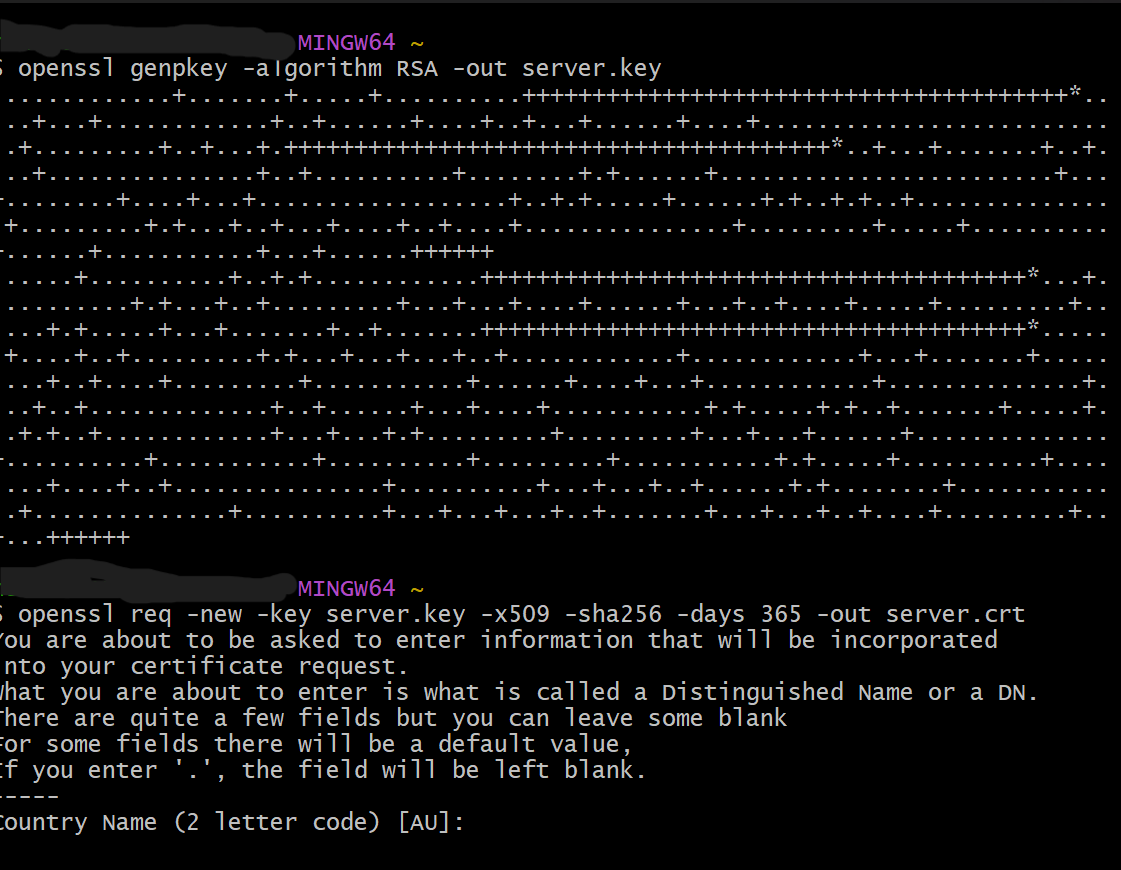Method for generating SSL/ TLS Certificate in a Linux environment

Imagine you're sending a secret message to a friend across the internet. You want to ensure that only your friend can read it and that no one else can sneak a peek. This is where SSL certificates come into play—they act like a magical seal of trust for your online conversations.
In the vast landscape of the internet, SSL certificates act as virtual secret decoder rings. They're like personalized, tamper-proof envelopes for your digital messages. Let's break down this wizardry in simpler terms. Just like a secret agent needs a special decoder ring, your website needs a unique secret key. This key is generated and acts as the magic wand that encrypts and decrypts messages. We call this the private key.
Now, imagine your message is inside an envelope, but not just any envelope, a tamper-proof one sealed with a unique wax seal. This is your SSL certificate, a digital document that vouches for your website's authenticity.
Now that you have your secret decoder key (private key) and your tamper-proof envelope (SSL certificate), let's put them to work on your website. Picture this as a secret clubhouse entrance. Your friends (users) want to access the clubhouse (your website), and you want to make sure they're the right friends. You hand them the secret decoder ring (private key) and ask them to read the secret message inside the tamper-proof envelope (SSL certificate). If everything matches up, they're allowed into the clubhouse.
A Word of Caution: Know Your PlaygroundsWhile SSL certificates add a layer of trust to your digital conversations, it's essential to remember their limitations. Just like you wouldn't use a secret decoder ring in a crowded room, self-signed certificates (ones you create) are suitable for personal playgrounds—like development and testing environments—but not for busy public websites. For the real deal, when your website hits the global stage, consider trusted Certificate Authorities (CAs) as the official guardians of your secret decoder rings and tamper-proof envelopes.
In conclusion, SSL certificates act as your website's guardian angels, ensuring that your digital messages are secure and only accessible to the right audience. So, the next time you visit a website and see that little padlock in the address bar, know that it's the mark of a trusty secret decoder ring and a tamper-proof envelope working together to keep your online adventures safe and sound.
Company: ImportLearn
Published Date: Thu Dec 28 2023 00:00:00 GMT+0000 (Coordinated Universal Time)
View Team

Discuss how to best manage user expectations when patching devices in your network.
Read More
An introduction to a few concepts needed to understand the exciting world of artificial intelligence (AI).
Read More
Learn about how goal-based agents in artificial intelligence utilize depth and breadth first search algorithms.
Read More